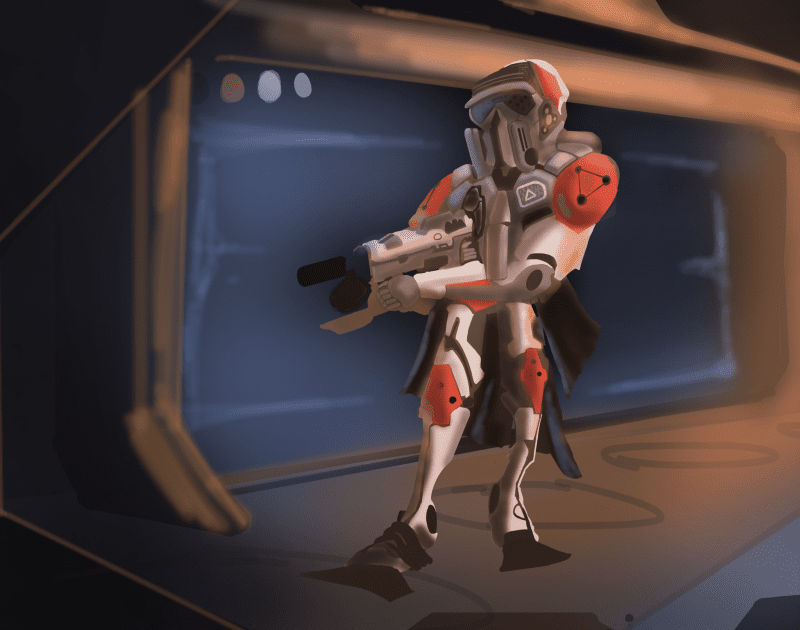This article provides a comprehensive guide to game development using Unity 3D, a popular game engine used by developers for creating games such as Angry Birds, Temple Run, and Crossy Road. The guide outlines the basics of the engine and explores the fundamentals of game development, including object-oriented programming, game mechanics, user interface elements, and programming with C#. The guide also covers creating game levels and scenes, game mechanics and physics, audio and animation, user interface and navigation design, optimization, and publishing games on different platforms. With this guide, aspiring game developers can build successful games with the right tools and techniques.
A Comprehensive Guide to Game Development with Unity 3D Framework
Introduction
Game development is an ever-evolving industry that requires a lot of patience, hard work, and dedication. Over the years, game development has become more accessible to those who are passionate about creating games; thanks to game engines like Unity 3D. Unity 3D is a popular game engine that has been used to develop numerous successful games, including Angry Birds, Temple Run, and Crossy Road. In this comprehensive guide, we’ll take you through the steps of game development with Unity 3D.
Chapter 1: Getting Started with Unity 3D
Before diving into game development with Unity 3D, it’s important to understand the basics of the engine. In this chapter, you’ll learn how to:
- Download and install Unity 3D on your computer
- Create a new project
- Understand the Unity Interface
Chapter 2: Understanding Game Development Fundamentals
In this chapter, we’ll explore the fundamentals of game development. Understanding these concepts is critical to building a successful game. In this chapter, you’ll learn about:
- Object-oriented programming
- Game mechanics
- User interface elements
Chapter 3: Creating Game Objects and Adding Components
In Unity 3D, game objects are the building blocks of your game. In this chapter, you’ll learn how to create game objects and add components to them. You’ll also learn about the different types of components that make up a game object.
Chapter 4: Scripting and Programming with Unity 3D
Programming is a crucial aspect of game development, and Unity 3D utilizes C# for programming. In this chapter, you’ll learn how to:
- Write scripts in C#
- Attach scripts to game objects
- Understand Unity 3D script component
Chapter 5: Creating Game Levels and Scenes
Game levels and scenes are the core of your game’s environment. In this chapter, we’ll explore how to create game levels and scenes using Unity 3D. You’ll learn about:
- Scene-building techniques
- Creative level-design strategies
- Creating non-playable characters (NPCs)
Chapter 6: Game Mechanics and Physics
Game mechanics and physics are critical components that play a significant role in game development. Understanding these concepts is crucial to building a successful game. In this chapter, you’ll learn about:
- Critical game mechanics, such as movement, collision detection, and input handling
- Physics mechanics
- The Unity 3D physics engine
Chapter 7: Audio and Animation in Unity 3D
Audio and animation are an essential aspect of gaming. These elements can bring your game to life, and in this chapter, you’ll learn how to create audio and animation in Unity 3D. You’ll also learn about:
- Unity 3D’s audio system
- Animation controllers
- Creating animations in Unity 3D
Chapter 8: User Interface and Navigation Design
The user interface (UI) is the bridge between the player and the game. In this chapter, you’ll learn how to create a compelling user interface and design game navigation using Unity 3D. You’ll also learn about:
- Canvas and layout design
- Creating menus and submenus
- Designing game elements
Chapter 9: Optimization and Publishing
Optimization and publishing are two crucial aspects of game development. In this chapter, you’ll learn how to optimize your game to improve performance and how to publish your game to different platforms. You’ll also learn about:
- Optimization strategies
- Unity 3D’s build settings
- Exporting to different platforms, including PC, mobile, and console
Conclusion
Game development with Unity 3D requires patience, dedication, and hard work. However, with this comprehensive guide, you now have the necessary tools to build a successful game. Remember to focus on game mechanics, level design, audio, animation, and user interface design. With the right plan and techniques, your game can become a reality.
